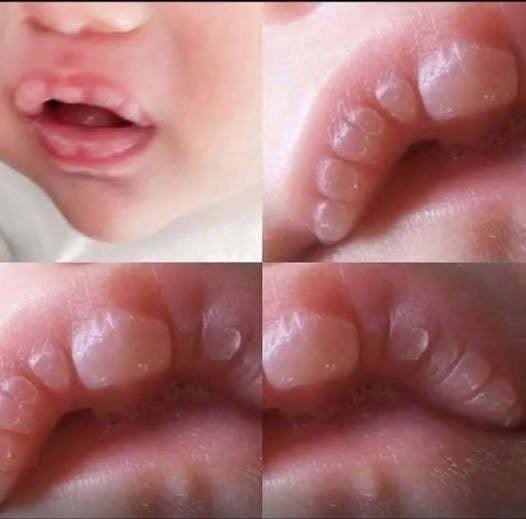A new pink bump, a mole that darkens, or a scaly patch that refuses to vanish can terrify a parent—and sometimes for good reason. Skin cancer is rare in babies, but it is not impossible. Each year doctors diagnose a handful of infants and toddlers with melanoma, the fastest-spreading type, so any spot that grows, bleeds, or looks “wrong” deserves a same-week photograph and a pediatric dermatologist’s eyes.
The same ABCDE rules apply to cribs and car seats:
Asymmetry—one half unlike the other
Border—ragged, notched, or blurred edges
Color—more than one shade or an odd hue (red, white, blue)
Diameter—larger than a pencil eraser or growing fast
Evolving—changing in weeks, not years
Nodular melanoma, the most dangerous kind, can appear as a firm, dome-shaped bump that may be pink or black and grows noticeably in days. Because infant skin is thin, these tumors can spread quickly, so “wait and see” is never the plan.
Prevention starts early:
Keep babies under six months out of direct sun entirely
Use broad-brimmed hats, stroller shades, and lightweight long sleeves
Apply mineral sunscreen (SPF 30, zinc or titanium) to small exposed areas once your pediatrician gives the okay
Skip tanning beds and reflective beach blankets
If a spot looks odd, photograph it next to a ruler and repeat every two weeks. Any change in size, color, or texture—especially bleeding—warrants an urgent dermatology visit. Early removal can cure pediatric melanoma; late discovery can turn a tiny mole into a life-threatening race. When it comes to babies and skin, parental paranoia is usually the right reflex.


